GDXH - Female director discovered to have cirrhosis of the liver admits to eating steak and drinking red wine every day...
Although she had no history of hepatitis B, hepatitis C, or fatty liver, during a recent health check-up, the 63-year-old female director (in China) was unexpectedly found to have an abnormally high ALT index (an index that helps evaluate liver function), reaching 160UI/L (normal value is 5-37UI/L).
The doctor said that the blood test results showed that the patient's iron concentration was nearly three times higher than normal. The ultrasound results showed that the patient had cirrhosis. The patient was diagnosed with cirrhosis due to excess iron.
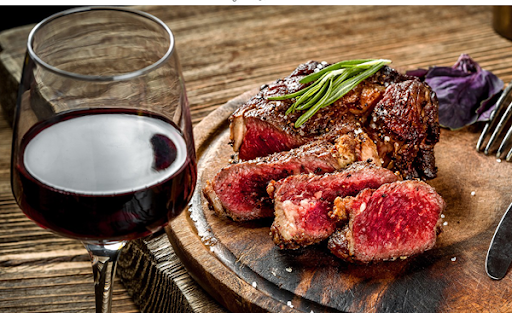
Illustration photo
When taking the patient's medical history, the doctor discovered that the patient was particularly "obsessed" with eating steak and drinking red wine. The female patient almost only ate steak and drank wine at all meals of the day. According to the doctor, this could be the cause of excess iron in the body and damage to the patient's liver.
Explaining this, the doctor said that beef contains a lot of iron. 100g of beef contains 2.7mg of iron, eating too much beef can lead to excess iron in the body and cause iron to accumulate in the liver. Iron accumulation in the liver can cause oxidative stress and form free radicals that damage liver cells. This can also cause inflammation and damage liver tissue, thereby increasing the risk of hepatitis and cirrhosis.
To treat the patient's condition, the doctor prescribed monthly blood draws to remove excess iron from the body. After several months of treatment, the patient's iron levels had returned to normal. However, the patient still had to continue taking medication to treat the cirrhosis.
The doctor recommended that the patient change his diet to improve his liver health. Specifically, the doctor suggested that the patient reduce the amount of red meat consumed and replace it with white meats that contain less iron, such as chicken and fish. In addition, the patient also needs to add more green vegetables to his daily meals to control his iron intake.
6 hidden diseases if you eat too much red meat
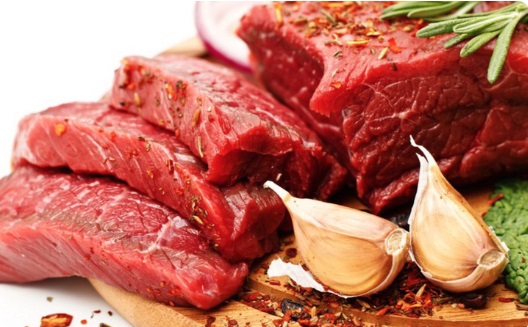
Illustration photo
Causes weight gain and obesity
Beef, especially fatty cuts such as ribs and belly, are very high in calories. Consuming too much of this meat can lead to rapid weight gain, causing obesity. In addition, it also increases the risk of dangerous diseases such as cardiovascular disease, diabetes, high blood pressure and some types of cancer.
Causes digestive diseases
Beef is a high-protein meat that takes a long time to digest. Eating too much beef can cause digestive problems. Beef is low in fiber, making stools hard and difficult to move through the intestines, causing constipation. The process of digesting beef creates a lot of gas, causing bloating and indigestion. In some people, consuming a lot of beef can aggravate the symptoms of irritable bowel syndrome.
Increased risk of cardiovascular disease
Beef, especially fatty beef, contains high levels of cholesterol and saturated fat. Consuming too much saturated fat increases bad cholesterol (LDL) in the blood, causing atherosclerosis, increasing the risk of cardiovascular diseases such as coronary artery disease, stroke, and heart failure.
Increased risk of gout
Beef is one of the richest sources of purine. Purine, when entering the body, will undergo a complex metabolic process and eventually produce uric acid. Under normal conditions, uric acid is dissolved in the blood and excreted through urine.
However, if the body produces too much uric acid or the kidneys cannot excrete it effectively, the uric acid concentration in the blood will increase, leading to hyperuricemia. Excess uric acid accumulates in the blood, not being excreted completely through the kidneys, will crystallize into sharp crystals, deposited in the joints, especially the big toe joint, causing acute gout attacks.
Put a burden on the kidneys
The kidneys act as microscopic filtration plants, constantly cleaning the blood, removing waste products such as urea, creatinine and excess water, while regulating electrolyte balance and blood pressure in the body. However, when we consume too much protein, especially protein from red meat such as beef, the kidneys will have to work too hard to handle the increased amount of nitrogen waste, putting pressure on the glomeruli and renal tubules. This can eventually lead to kidney damage, reduced filtering function and increased risk of chronic kidney disease.
Increased risk of cancer
Some studies have shown that consuming a lot of red meat, including beef, may increase the risk of certain types of cancer. Compounds created when cooking meat at high temperatures can damage DNA and increase the risk of colorectal cancer. Some studies have shown a link between consuming a lot of red meat and an increased risk of prostate cancer. Consuming a lot of beef may also increase the risk of pancreatic cancer.
How much red meat is enough?
According to the recommendations of the International Cancer Prevention Fund and the American Institute for Cancer Research, when consuming red meat, you should note:

Illustration photo
- Red meat should be consumed no more than 3 times per week, the total amount of red meat in a week is about 350 - 500 grams after processing (equivalent to a maximum of about 700 grams of raw meat and not including the weight of bones).
If calculated by day, the amount of red meat should not exceed 70 grams/day (cooked meat), equivalent to about 100 grams/day of raw meat, excluding bones.
The above recommendation has provided a specific quantity so that people can adjust the amount of red meat in their diet. In addition, it is advisable to increase the use of poultry, fish, eggs, and milk as foods to replace red meat in meals to ensure adequate supply of protein and micronutrients.
For medical conditions or people with specific nutritional requirements, a nutritionist should be consulted. At the same time, a varied diet, proper nutrition, and appropriate physical exercise and increased green vegetables are recommended.
The National Institute of Nutrition recommends that fruit and vegetable consumption is 480 - 560 grams/person/day, of which vegetable consumption is 240 - 320 grams/person/day and ripe fruit consumption is 240 grams/person/day.
Source: https://giadinh.suckhoedoisong.vn/nu-giam-doc-63-tuoi-nhap-vien-vi-xo-gan-thua-nhan-mot-sai-lam-nhieu-nguoi-viet-mac-phai-17225020714341057.htm


![[Photo] National Assembly Chairman Tran Thanh Man receives a business delegation from the Europe-ASEAN Business Council](/_next/image?url=https%3A%2F%2Fvphoto.vietnam.vn%2Fthumb%2F1200x675%2Fvietnam%2Fresource%2FIMAGE%2F2025%2F11%2F24%2F1763989198212_ndo_br_bnd-7394-jpg.webp&w=3840&q=75)




![[Photo] Prime Minister Pham Minh Chinh attends the patriotic emulation congress of the banking sector](/_next/image?url=https%3A%2F%2Fvphoto.vietnam.vn%2Fthumb%2F1200x675%2Fvietnam%2Fresource%2FIMAGE%2F2025%2F11%2F24%2F1763981997729_tt-nhnn-jpg.webp&w=3840&q=75)











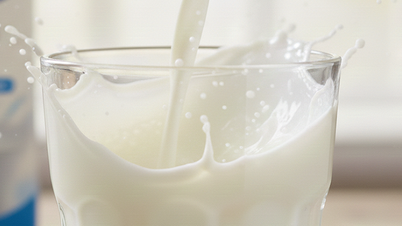









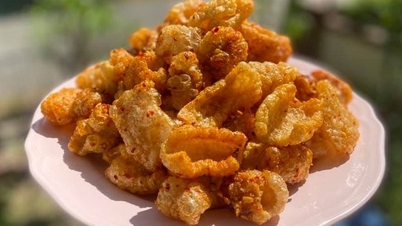
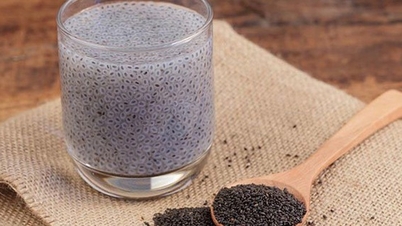
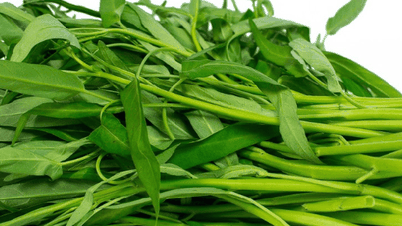

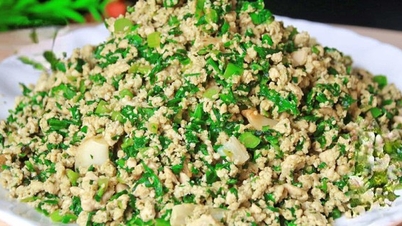
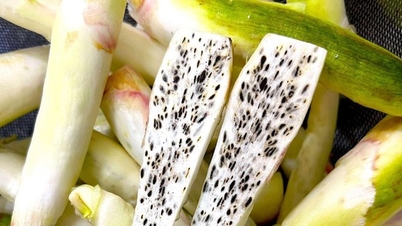

![[Photo] Next to the "mountain of trash" after the flood, Tuy Hoa residents strive to rebuild their lives](/_next/image?url=https%3A%2F%2Fvphoto.vietnam.vn%2Fthumb%2F1200x675%2Fvietnam%2Fresource%2FIMAGE%2F2025%2F11%2F24%2F1763951389752_image-1-jpg.webp&w=3840&q=75)






















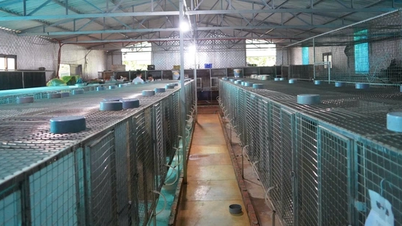












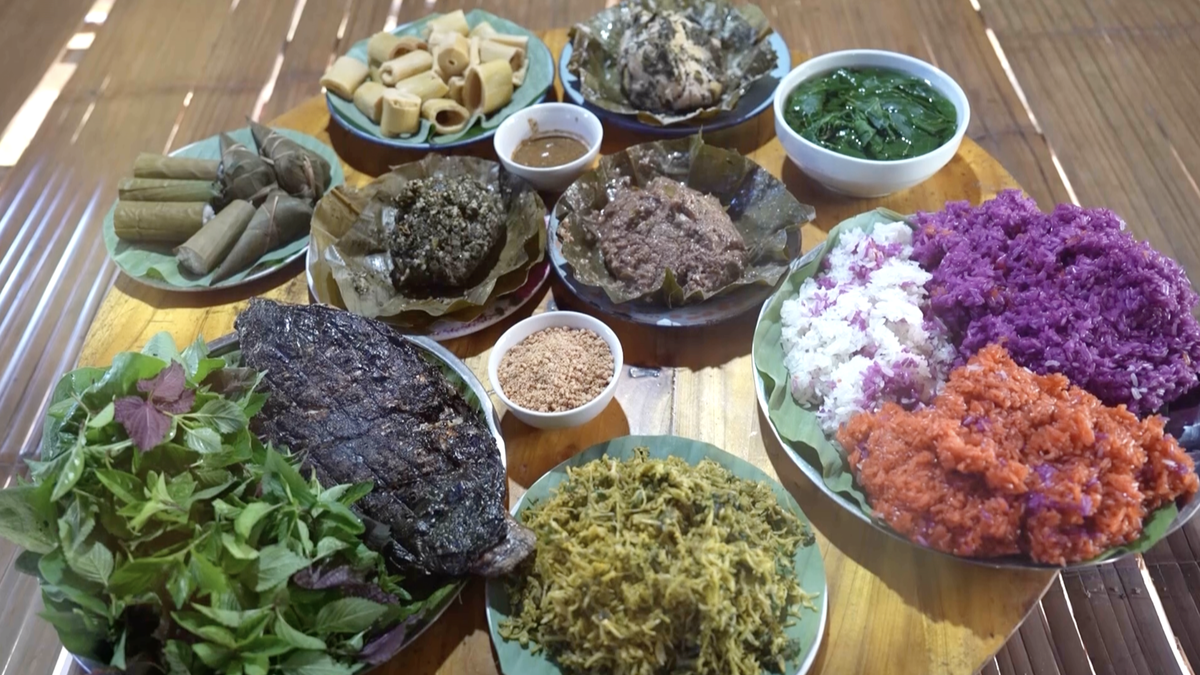







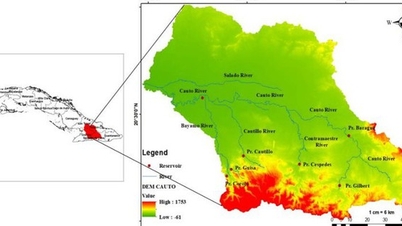

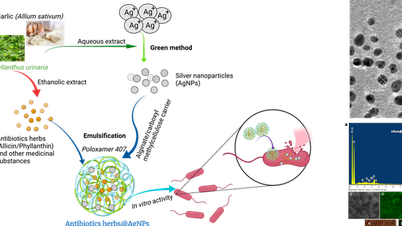


























Comment (0)